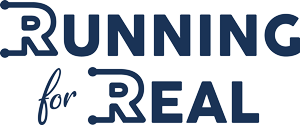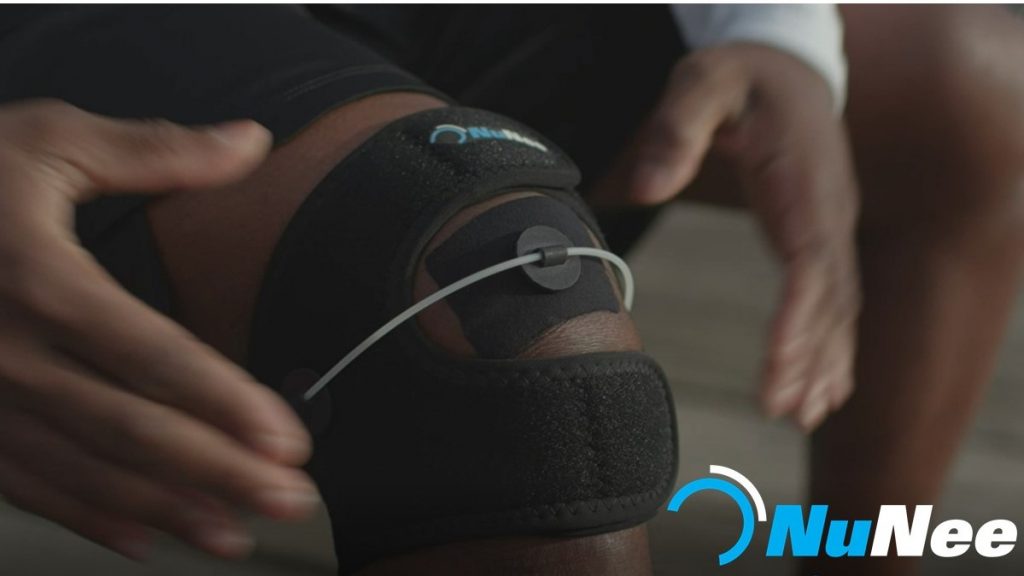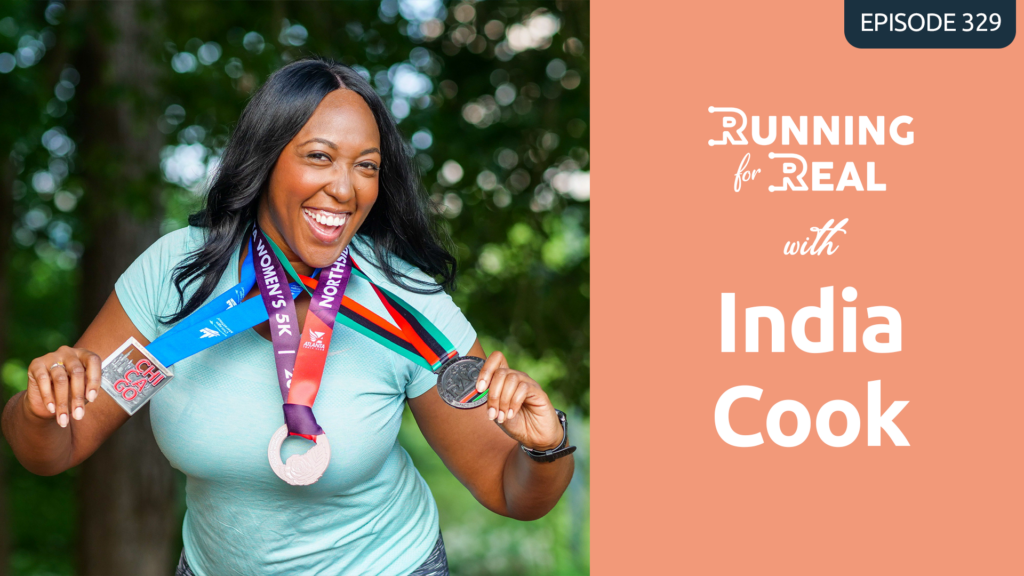Run Fast as a Masters Runner
Running past your forties (a group typically referred to as “masters runners”) comes with unique challenges. Some rumored challenges are false, and some are very real. One of the more common misconceptions is that masters runners can’t run fast. You may hear that older runners should keep to marathons and ultra-distances where they can run at a reasonable pace. “Because you are old, you can’t run fast, and because you aren’t fast, you can only do long runs.”
This is NOT true.
While there aren’t any 40 or 50-year-olds competing with Usain Bolt’s records, there are plenty who are running fast marathons, 10Ks, and 5Ks.
Pete Magill has set records for the fastest 5K and 10K for runners over 50 and runners over 55. He also has the record for being the oldest person to run a 5K in under 15 minutes. He didn’t get serious about running until his late thirties when he wanted to make some health changes, and he has been showing the world that 50-year-olds can run fast.
Now in his 56th year, Pete has written several books about running. He has a positive mindset about what he is able to do today and says, ”I’d rather have my 56-year-old body than my 39-year-old body.” While Pete has officially debunked the myth that masters runners can’t run fast, he acknowledges that recovery needs to be taken more seriously as you age. “You actually have to train correctly now,” says Pete. “Masters running is a no-mistake zone.”
The Right Amount of Effort
If you are getting back into running, or running into old age, it is imperative that you recover correctly. Magill says that recovery is not the goal, super compensation is the goal. Super compensation is the second part of recovery when your body has strengthened to complete an even more difficult training session. To reach super compensation, Pete recommends resting for one additional day after your body feels fully recovered.
The other aspect of proper recovery is to avoid training too hard. This can mean skipping your last set, or running 10 minutes less than you planned. Pete says that you can only make a little bit of improvement each day, so you shouldn’t over work for that little bit of improvement that is possible. Be consistent, take the time to recover, and don’t over train in your individual sessions.
A Sample 5k Workout for a Masters Runner (or for Anyone!)
Pete says that if you train your body to run a fast 5k, then you have also trained your body to run a fast 10k and a fast marathon (with a few additional long runs). Training for a 5K requires you to train, slow, medium and fast twitch muscle fibers. Once you have built a strong body that uses all your muscle fibers, you are ready for any race. Following this workout, with recovery runs in between, will help prepare you for a fast 5k.
Monday: V02 Training. This is your fast twitch training. In these runs you want to run at a 5K or even a 3K effort. In your first week you should start by running 5-10 sets of one-minute runs with a 3-minute jogging recovery in between each run. Increase the time and the intervals until you are running 5 sets of 5-minute runs.
Thursday: Tempo Work. This is your intermediate muscle group. Do 1-2 sets of 10-20-minute runs at a 10K pace. Just like the V02 training, you should work up to the number of sets and the duration of the run.
Saturday: Long Run. Your slow twitch muscles. For 5K training, these long runs should be between 90 and 120 minutes. Like the other two workouts, work up to the amount of time you are running. Long runs can do wonders for your 5K. Some of the benefits include: generating a better stride, teaching your body how to burn fat, and creating a more efficient nervous system.
Be Patient and Run Fast!
As you train for your 5K, be patient. It’s the only way to run fast. Give yourself three to six months to properly train for a 5K and once you start racing, don’t do more than one 5K every two weeks. Don’t be afraid to switch up your race distances as well. Run a 10K or a half-marathon, and if you can, try to find a speed race. Alternating distances can produce great 5K results. Now, go start running fast, because you can!
Resources:
(Book) Build Your Running Body
Listen to the Running for Real Podcast here:
[podcast src=”https://html5-player.libsyn.com/embed/episode/id/9304742/height-orig/90/theme/custom/thumbnail/yes/direction/forward/height/90″ height=”90″ width=”100%” placement=”bottom” theme=”custom”]Apple (iTunes) Podcast | Sticher | Castbox | Overcast | Spotify | Google Play | iHeartradio |
Don’t let knee pain keep you from completing your long runs, or worse, sideline you altogether. NuNee is designed specifically to relieve that dreaded Runner’s Knee pain. Unlike a typical knee sleeve, NuNee relieves the pressure at the source of the pain. And as the research reveals, if you relieve the pressure you relieve the pain. Runners from coast-to-coast are getting instant relief with NuNee. NuNee can help you get back to running without knee pain.
Use code tinamuir at NuNeeShop.com thats nuneeshop.com for a 20% discount
Thanks for Listening! I hope you enjoyed today’s episode.
To share your thoughts:
Leave a note in the comment section below.
Join the Running for Real Facebook Group and share your thoughts on the episode (or future guests you would like to hear from)
Share this show on Twitter, Facebook, Instagram, or Pinterest.
To help out the show:
Leave an honest review on iTunes. Your ratings and reviews will really help me climb up the iTunes rankings and I promise, I read every single one.
Not sure how to leave a review or subscribe, you can find out here.
Thank you to Pete, I look forward to hearing your thoughts on the show.





